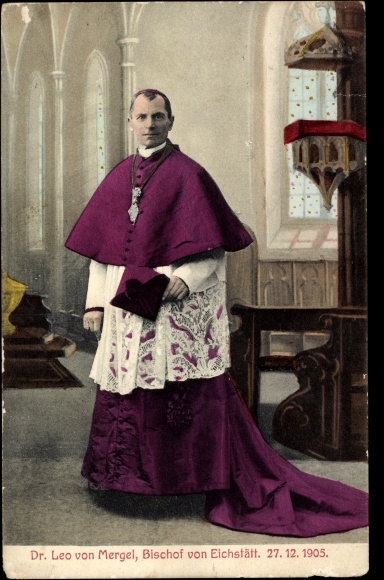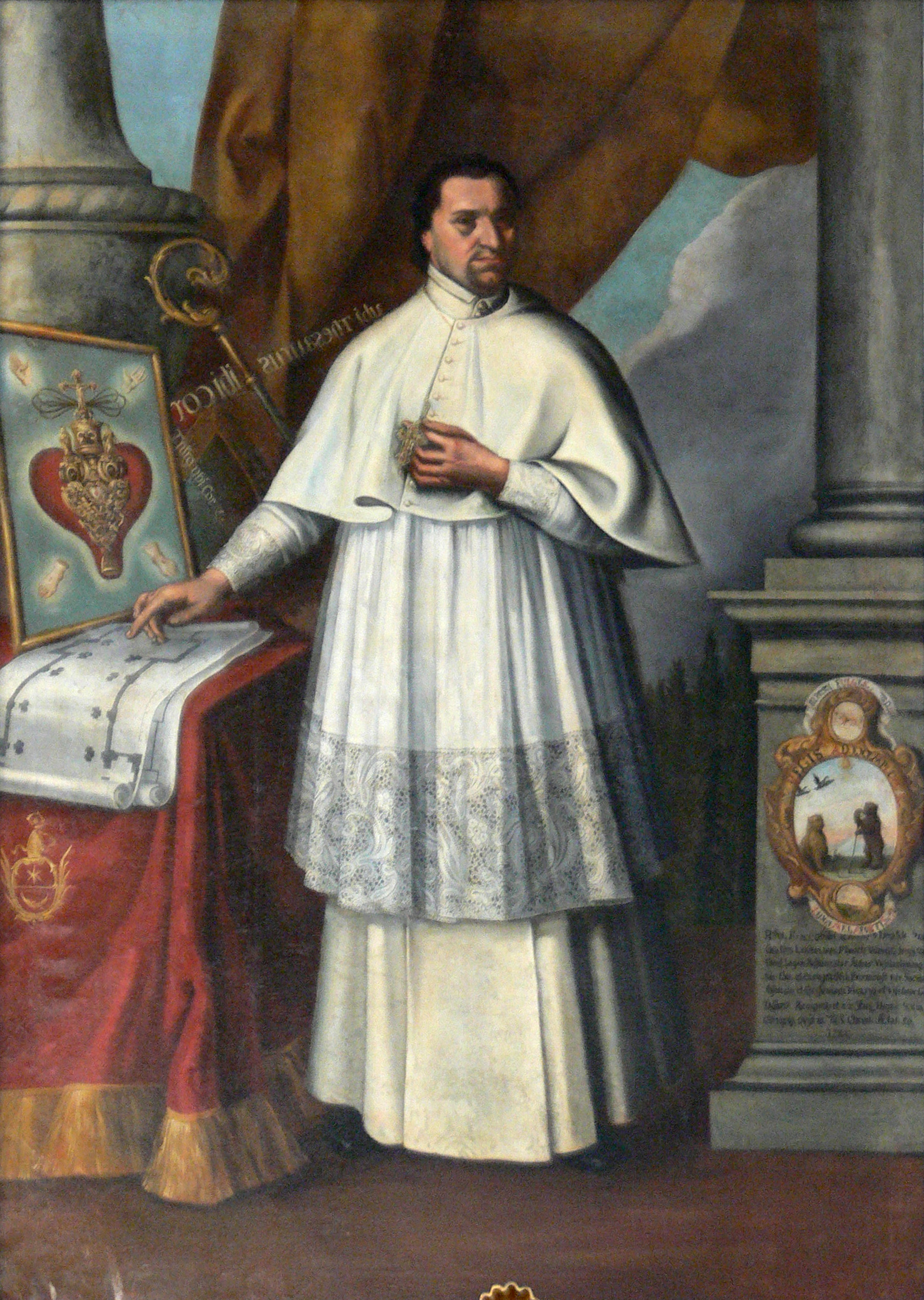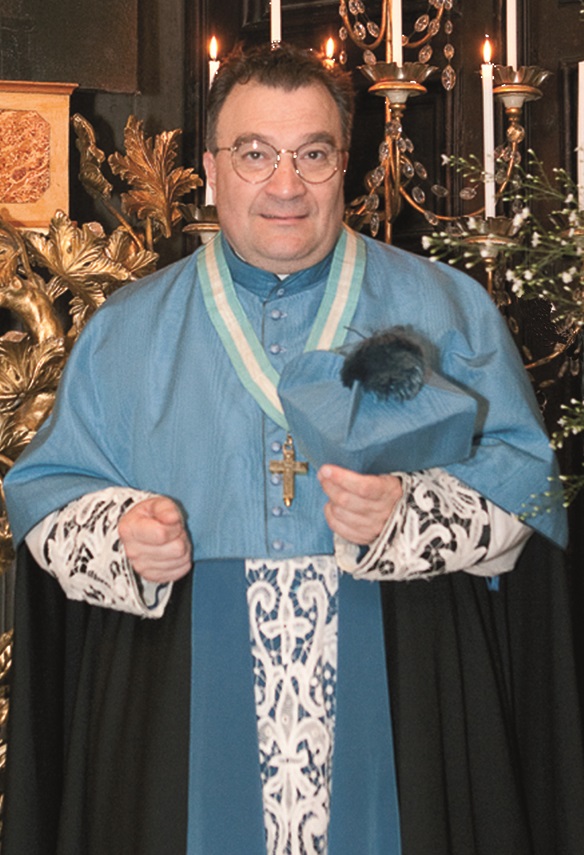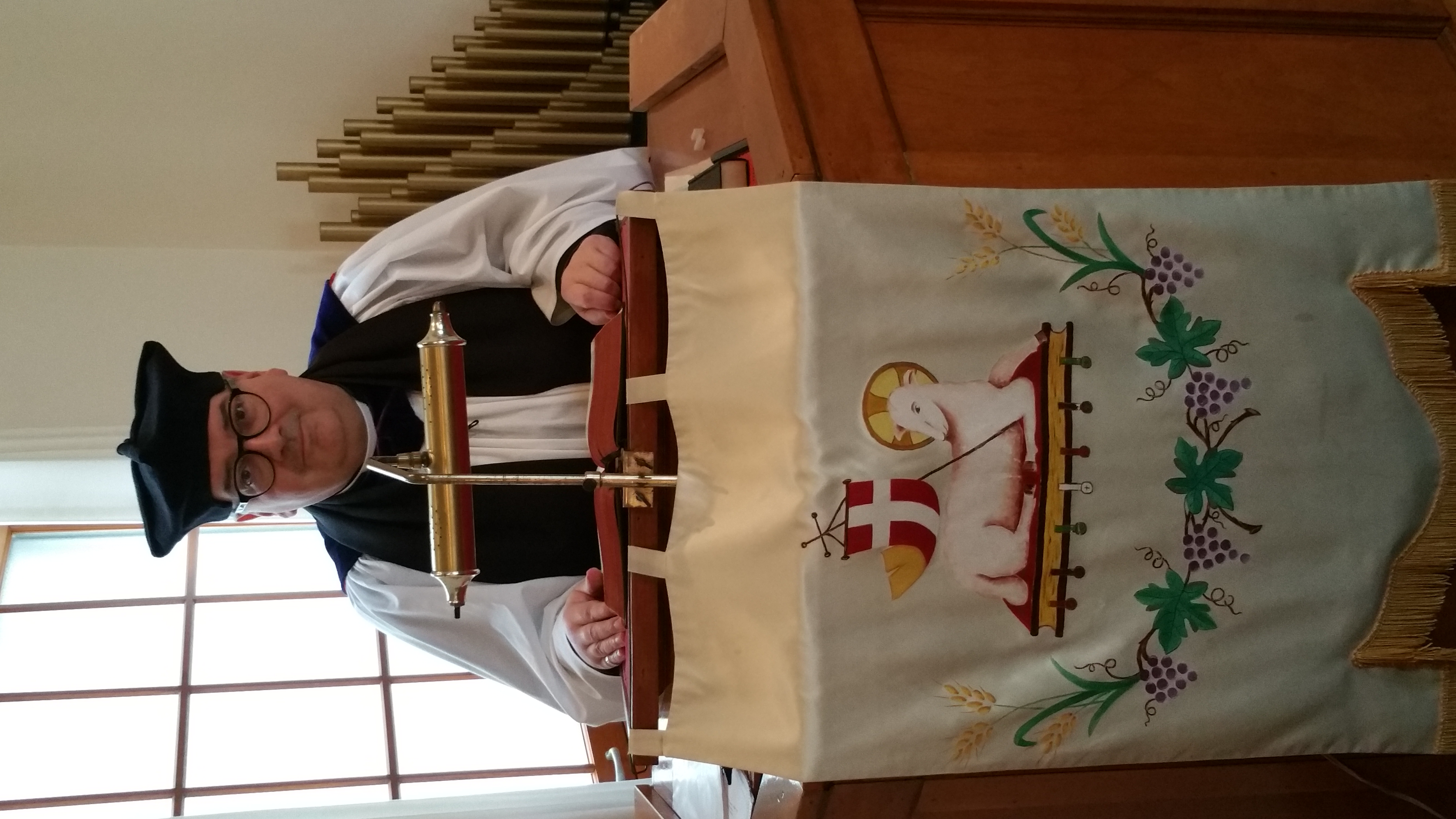choir dress on:
[Wikipedia]
[Google]
[Amazon]





 Choir dress is the traditional vesture of the clerics, seminarians and religious of
Choir dress is the traditional vesture of the clerics, seminarians and religious of




 Choir dress is the traditional vesture of the clerics, seminarians and religious of
Choir dress is the traditional vesture of the clerics, seminarians and religious of Christian church
In ecclesiology, the Christian Church is what different Christian denominations conceive of as being the true body of Christians or the original institution established by Jesus. "Christian Church" has also been used in academia as a synonym fo ...
es worn for public prayer and the administration of the sacraments except when celebrating or concelebrating the Eucharist
The Eucharist (; from Greek , , ), also known as Holy Communion and the Lord's Supper, is a Christian rite that is considered a sacrament in most churches, and as an ordinance in others. According to the New Testament, the rite was instit ...
. It differs from the vestments worn by the celebrants of the Eucharist, being normally made of fabrics such as wool, cotton or silk, as opposed to the fine brocade
Brocade is a class of richly decorative shuttle-woven fabrics, often made in colored silks and sometimes with gold and silver threads. The name, related to the same root as the word "broccoli", comes from Italian ''broccato'' meaning "embos ...
s used in vestments. It may also be worn by lay assistants such as acolytes and choirs. It was abandoned by most of the Protestant churches that developed from the sixteenth-century Reformation.
Like Eucharistic vestments, choir dress derived originally from the formal secular dress of the Roman Empire in the first centuries of the Christian era. This survived in church usage after fashion had changed. Choir dress differs from "house dress," which is worn outside of a liturgical context (whether in the house or on the street). House dress may be either formal or informal.
Roman Catholic choir dress
Choir dress in the Catholic Church is worn by deacons, priests, regular prelates, bishops and cardinals when presiding at or celebrating aliturgy
Liturgy is the customary public ritual of worship performed by a religious group. ''Liturgy'' can also be used to refer specifically to public worship by Christians. As a religious phenomenon, liturgy represents a communal response to and partic ...
that is not the Mass, especially the Liturgy of the Hours.
Before the Second Vatican Council, the dress was more elaborate. It had dozens of varieties and colours. After The Second Vatican Council, it was reduced; however, exceptions are sometimes granted for cathedral chapters.
The current dress is worn when attending Mass without celebrating or observing the Eucharist. It is worn by seminarians, instituted lectors and acolytes, and altar servers and choir members at Mass or other liturgical events.
The basic components of choir dress are:
* the cassock
The cassock or soutane is a Christian clerical clothing coat used by the clergy and male religious of the Oriental Orthodox Churches, Eastern Orthodox Church and the Catholic Church, in addition to some clergy in certain Protestant denomi ...
, with or without fascia
A fascia (; plural fasciae or fascias; adjective fascial; from Latin: "band") is a band or sheet of connective tissue, primarily collagen, beneath the skin that attaches to, stabilizes, encloses, and separates muscles and other internal organs. ...
(fringed sash worn around the waist),
* if the person is a brother or priest in a religious order
A religious order is a lineage of communities and organizations of people who live in some way set apart from society in accordance with their specific religious devotion, usually characterized by the principles of its founder's religious practi ...
that has its own habit (Benedictines
, image = Medalla San Benito.PNG
, caption = Design on the obverse side of the Saint Benedict Medal
, abbreviation = OSB
, formation =
, motto = (English: 'Pray and Work')
, foun ...
, Franciscans, Dominicans, etc.), the habit is worn in place of the cassock,
* the surplice
A surplice (; Late Latin ''superpelliceum'', from ''super'', "over" and ''pellicia'', "fur garment") is a liturgical vestment of Western Christianity. The surplice is in the form of a tunic of white linen or cotton fabric, reaching to the kne ...
(or rochet if the wearer is a bishop, cardinal
Cardinal or The Cardinal may refer to:
Animals
* Cardinal (bird) or Cardinalidae, a family of North and South American birds
**''Cardinalis'', genus of cardinal in the family Cardinalidae
**''Cardinalis cardinalis'', or northern cardinal, the ...
, or canon), and
* the biretta
The biretta ( la, biretum, birretum) is a square cap with three or four peaks or horns, sometimes surmounted by a tuft. Traditionally the three-peaked biretta is worn by Catholic clergy and some Anglican and Lutheran clergy. A four-peaked bire ...
(optional for secular priests unless their bishop requires its use, in which case it is mandatory).
For seminarians, deacons, and priests the cassock is exactly the same as their normal cassock: a black cassock with black buttons, girded with a black fascia.
Priests who hold additional honors may wear a different cassock: Chaplains of His Holiness
A Chaplain of His Holiness is a priest to whom the Pope has granted this title. They are addressed as Monsignor and have certain privileges with respect to ecclesiastical dress and vestments.Honorary Prelate
A Prelate of Honour of His Holiness is a Catholic prelate to whom the Pope has granted this title of honour.
They are addressed as Monsignor and have certain privileges as regards clerical clothing.Protonotaries apostolic wear a purple cassock with
 ''Choir dress'' in
''Choir dress'' in
Dress of Roman Catholic Clergy
Information and photos
detailed information on the choir dress of prelates of the
scarlet
Scarlet may refer to:
* Scarlet (cloth), a type of woollen cloth common in medieval England
* Scarlet (color), a bright tone of red that is slightly toward orange, named after the cloth
* Scarlet (dye), the dye used to give the cloth its color
* ...
piping and buttons, with a purple fascia. A black cassock with amaranth
''Amaranthus'' is a cosmopolitan genus of annual or short-lived perennial plants collectively known as amaranths. Some amaranth species are cultivated as leaf vegetables, pseudocereals, and ornamental plants. Catkin-like cymes of densely pack ...
piping and buttons, girded with a purple fascia, serves as pian dress (academic dress) for an honorary prelate or protonotary apostolic. Canons may wear the rochet (if the chapter has been granted ''usus rochetti'' by papal ''indult'') with a distinctive mozzetta, the particular colors of which are determined by the chapter.
Bishops wear the above-mentioned purple cassock with scarlet piping, and add a pectoral cross suspended from a green and gold cord, a mozzetta over the rochet, and a purple zucchetto under the biretta. A cardinal
Cardinal or The Cardinal may refer to:
Animals
* Cardinal (bird) or Cardinalidae, a family of North and South American birds
**''Cardinalis'', genus of cardinal in the family Cardinalidae
**''Cardinalis cardinalis'', or northern cardinal, the ...
wears a scarlet
Scarlet may refer to:
* Scarlet (cloth), a type of woollen cloth common in medieval England
* Scarlet (color), a bright tone of red that is slightly toward orange, named after the cloth
* Scarlet (dye), the dye used to give the cloth its color
* ...
cassock with scarlet trim, pectoral cross on a red and gold cord, and a red mozzetta over the rochet, with a red zucchetto. The Pope's choir dress includes a white cassock, rochet, red silk mozetta, and red brocade stole; his pectoral cross hangs from a golden cord. Some canons wear their cross on a ribbon, but only a bishop may wear the cross on a cord. Under new regulations, neither bishops nor canons wear fur-trimmed ''cappas''.
The cope and/or stole may be worn over choir dress when a cleric presides over a sacrament
A sacrament is a Christianity, Christian Rite (Christianity), rite that is recognized as being particularly important and significant. There are various views on the existence and meaning of such rites. Many Christians consider the sacraments ...
(for instance, at matrimony, if not celebrated during Mass), or by the cleric presiding over prayers. (For instance, the priest presiding at a solemn celebration of Vespers in the Liturgy of the Hours might wear cope and stole over choir dress, while other clergy present would wear simple choir dress of cassock and surplice).
Lay brothers also have a form of choir dress: the full monastic habit with the monastic cowl is their formal wear for attending the Liturgy of the Hours or Mass.
Since 2006, priests of the Institute of Christ the King Sovereign Priest have had their own choir dress, given to them by the Cardinal Archbishop of Florence. Their choir dress includes a rochet, a mozzetta, the cross of St. Francis de Sales on a blue and white ribbon, and a biretta with a blue pom. According to the Institute,
Eastern choir dress
The choir dress of clergy in the Eastern Orthodox,Oriental Orthodox
The Oriental Orthodox Churches are Eastern Christian churches adhering to Miaphysite Christology, with approximately 60 million members worldwide. The Oriental Orthodox Churches are part of the Nicene Christian tradition, and represent o ...
and Eastern Catholic churches are relatively similar. Over the inner cassock
The cassock or soutane is a Christian clerical clothing coat used by the clergy and male religious of the Oriental Orthodox Churches, Eastern Orthodox Church and the Catholic Church, in addition to some clergy in certain Protestant denomi ...
(''rasson'' or ''podrasnik''), a deep-sleeved ''exorason
The cassock or soutane is a Christian clerical clothing coat used by the clergy and male religious of the Oriental Orthodox Churches, Eastern Orthodox Church and the Catholic Church, in addition to some clergy in certain Protestant denomi ...
'' (''riassa''), which is often black, is worn. In the Russian Orthodox Church, married clergy often wear grey, while monastic clergy wear black. During the paschal season, both monastic and married clergy will often wear a white inner cassock. Some Russian Metropolitans wear a white inner cassock and a blue outer when formally arriving to celebrate the Divine Liturgy.
Byzantine Rite
In Eastern Orthodoxy and Byzantine Catholicism, monks wear a black cloak, the '' mandyas'' over the outer cassock. The mandyas completely covers the monastic below the chin and reaches to the floor. In the Greek usage, the mandyas is usually worn only when performing certain liturgical roles; in the Slavic usage, all monks and nuns of the rank of Stavrophore or above wear the mandyas at every service, so long as they are in their own monastery. The mandyas of an hegumen ( abbot) is of black silk, that of an archimandrite or bishop is of colored silk (specific usages will differ by jurisdiction), and has four square "tablets" on it: two at the neck and two at the feet. A bishop's mandyas additionally has "rivers" on it: three horizontal stripes either of gold (Greek practice) or red and white (Slavic practice). Monastic clergy wear different headcoverings than married clergy. Married clergy wear either a colored '' kalimaukion'' or '' skufia''; monastic clergy wear a black kalimaukion and veil (together known as the ''klobuk
Klobuk of Patriarch Philaret of Moscow (1619-33), Kremlin museum
A klobuk is an item of monastic clothing worn by monks and, in the Russian tradition, also by nuns, in the Byzantine Rite, composed of a kamilavka (stiffened round black headc ...
''). For monastics, the skufia is reserved for house dress, and the klobuk is worn in church. Russian archbishop
In Christian denominations, an archbishop is a bishop of higher rank or office. In most cases, such as the Catholic Church, there are many archbishops who either have jurisdiction over an ecclesiastical province in addition to their own archdi ...
s have a jewelled cross attached to the front of their klobuks; Russian Metropolitans wear a white klobuk with jewelled cross. Several Orthodox Patriarchs wear a rounded headcovering called a koukoulion
The koukoulion ( Greek: κουκούλιον; Slavonic: ''kukol'') is a traditional headdress worn by monks and certain patriarchs in Eastern Christianity.
History
Related to the western cowl, it was the cap worn by Orthodox monks. It is show ...
.
Priests who have been awarded a pectoral cross wear it with their choir dress (these pectoral crosses are of several degrees: silver, gold, or jewelled). Bishops wear a '' panagia'' ( icon of the Theotokos
''Theotokos'' (Greek: ) is a title of Mary, mother of Jesus, used especially in Eastern Christianity. The usual Latin translations are ''Dei Genitrix'' or ''Deipara'' (approximately "parent (fem.) of God"). Familiar English translations are " ...
) in place of the pectoral cross. Archbishops may wear a pectoral cross and a panagia. All primates
Primates are a diverse order of mammals. They are divided into the strepsirrhines, which include the lemurs, galagos, and lorisids, and the haplorhines, which include the tarsiers and the simians (monkeys and apes, the latter including huma ...
and some bishops below primatial rank have the dignity of wearing an '' enkolpion'' (icon of Christ), a pectoral cross, and a panagia.
A ruling Igumen (so long as he is inside his own monastery) and a bishop may carry his ''paterissa
A crosier or crozier (also known as a paterissa, pastoral staff, or bishop's staff) is a stylized staff that is a symbol of the governing office of a bishop or abbot and is carried by high-ranking prelates of Roman Catholic, Eastern Catholi ...
'' (crozier) when he is in church. However, the paterissa is never to be carried inside the sanctuary; instead, when the priest goes into the altar, the paterissa is either handed to an altar server
An altar server is a lay assistant to a member of the clergy during a Christian liturgy. An altar server attends to supporting tasks at the altar such as fetching and carrying, ringing the altar bell, helps bring up the gifts, brings up the bo ...
or left leaning against the iconostasis
In Eastern Christianity, an iconostasis ( gr, εἰκονοστάσιον) is a wall of icons and religious paintings, separating the nave from the sanctuary in a Church (building), church. ''Iconostasis'' also refers to a portable icon stand t ...
outside the Holy Doors.
In North America and Great Britain, some Orthodox clergy have begun to wear a Roman collar (clergy shirt
Clerical clothing is non-liturgical clothing worn exclusively by clergy. It is distinct from vestments in that it is not reserved specifically for use in the liturgy. Practices vary: clerical clothing is sometimes worn under vestments, and someti ...
). This practice is discouraged among the more traditional Orthodox.
Examples
There exist color and design variations in each autocephalous Church, but these diagrams give some examples of Eastern Orthodox choir dress vestments:Oriental Orthodox
In theSyriac Orthodox Church
, native_name_lang = syc
, image = St_George_Syriac_orthodox_church_in_Damascus.jpg
, imagewidth = 250
, alt = Cathedral of Saint George
, caption = Cathedral of Saint George, Damascus ...
, married priests wear a black skullcap, or ''phiro'', while monastic priests wear the schema, ''eskimo''. For certain sacrament
A sacrament is a Christianity, Christian Rite (Christianity), rite that is recognized as being particularly important and significant. There are various views on the existence and meaning of such rites. Many Christians consider the sacraments ...
al functions, a priest or bishop wears the epitrachelion ( stole).
Anglican choir dress or choir habit
 ''Choir dress'' in
''Choir dress'' in Anglicanism
Anglicanism is a Western Christian tradition that has developed from the practices, liturgy, and identity of the Church of England following the English Reformation, in the context of the Protestant Reformation in Europe. It is one of the ...
traditionally consists of cassock, surplice and scarf (or tippet).''Tippet'' is often used as a synonym of "scarf", but historically it may also have been used in the sixteenth and seventeenth centuries for a type of non-academic hood that extended forward down over the chest. An academic hood may also be worn. Since 1964 in the Church of England, a cope may be worn at the discretion of the minister.Canons of 1964 and following years: B.8.3
But, the basic garment was, and is, the surplice, which by the fourteenth century had become the essential choir vestment everywhere.Simpson, John A. arts "Surplice" & "Vestments" in ''The New International Dictionary of the Christian Church'' J.D. Douglas(ed.) Exeter: Paternoster (1974) The surplice was the only vesture permitted to the clergy in the 1552 Prayer Book, except for bishops, who should use a rochet (both wore cassocks as the standard undergarment).Procter & Frere. ''A New History of the Book of Common Prayer'', MacMillan (1902), pp.82; 362ff & 110, respectively The Elizabethan Prayer Book of 1559 included the so-called Ornaments Rubric. Its legal interpretation was disputed in the nineteenth century; it was claimed that its inclusion in the 1662 Book of Common Prayer commanded the pre-Reformation Eucharistic vestments (chasuble, dalmatic, tunicle, alb, amice, and maniple) that had been in use during the reign of Edward VI. However, the Elizabethan bishops struggled to enforce the use of the surplice. The use of Eucharistic vestments was discontinued until after the Oxford Movement
The Oxford Movement was a movement of high church members of the Church of England which began in the 1830s and eventually developed into Anglo-Catholicism. The movement, whose original devotees were mostly associated with the University of O ...
, in the middle of the nineteenth century, when it was restored in many cathedrals and parish churches. In many low-church dioceses and parishes, the choir dress continued to be the norm, even at the Eucharist. The cope continued in use for coronations and in certain cathedrals, but this may be considered an extension of "choir dress" and was sanctioned by the canons of 1603/4.
The cassock
The cassock or soutane is a Christian clerical clothing coat used by the clergy and male religious of the Oriental Orthodox Churches, Eastern Orthodox Church and the Catholic Church, in addition to some clergy in certain Protestant denomi ...
is almost invariably black for priests and deacons. A traditional Anglican cassock is double-breasted, being buttoned on the shoulder rather than up the front (there may be a single button sewn to the center of the chest used to fasten the academic hood if worn). Many Anglican clergy, especially (though not exclusively) those within the Catholic tradition of Anglicanism, prefer to wear the Latin single-breasted cassock. The cassock is worn with a cincture, which may take the form of a cloth sash resembling a fascia
A fascia (; plural fasciae or fascias; adjective fascial; from Latin: "band") is a band or sheet of connective tissue, primarily collagen, beneath the skin that attaches to, stabilizes, encloses, and separates muscles and other internal organs. ...
, or a simple rope girdle or leather belt. Over this is worn the surplice
A surplice (; Late Latin ''superpelliceum'', from ''super'', "over" and ''pellicia'', "fur garment") is a liturgical vestment of Western Christianity. The surplice is in the form of a tunic of white linen or cotton fabric, reaching to the kne ...
, which is longer and fuller than that worn by Roman Catholic clergy, sometimes reaching well below the knees. Traditionally, an academic hood is worn around the shoulders and down the back, along with a black tippet or scarf worn around the nape and hanging straight down in front. The hood and tippet were once a single garment called an almuce
An almuce was a hood-like shoulder cape worn as a choir vestment in the Middle Ages, especially in England. Initially, it was worn by the general population."A New Look for Women." Arts and Humanities Through the Eras. Gale. 2005. Retrieved August ...
. (The tippet is not to be confused with the stole, which is also worn in a similar manner, but is not part of choir dress. It is worn at the Eucharist and other sacramental services.) Some clergy also wear Geneva bands (or "preaching tabs") from their collars. Though not worn at service time, the Canterbury cap is the traditional headgear of Church of England clergy; some prefer the biretta (see below) or mortar board. Neither is widely worn. A square cap, with cassock, gown and tippet, was specified in English canon law as part of the "outdoor habit" or "house dress" of the clergy until the promulgation of new canons in the 1960s. At some periods of history a black gown, either academic or ' Genevan', was worn for Morning and Evening Prayer Evening Prayer refers to:
: Evening Prayer (Anglican), an Anglican liturgical service which takes place after midday, generally late afternoon or evening. When significant components of the liturgy are sung, the service is referred to as "Evensong ...
instead of the surplice, which was reserved for use at the Holy Communion
The Eucharist (; from Greek , , ), also known as Holy Communion and the Lord's Supper, is a Christian rite that is considered a sacrament in most churches, and as an ordinance in others. According to the New Testament, the rite was instituted ...
. The cassock, bands, gown, academic hood and tippet are still the normal liturgical costume for an ordained minister of the Church of Scotland and other Reformed
Reform is beneficial change
Reform may also refer to:
Media
* ''Reform'' (album), a 2011 album by Jane Zhang
* Reform (band), a Swedish jazz fusion group
* ''Reform'' (magazine), a Christian magazine
*''Reforme'' ("Reforms"), initial name of the ...
and Presbyterian churches.
Chaplains in the Armed Forces wear tippets with officially sanctioned badges and any medals they have achieved. A bishop or priest may wear a tippet with the arms of the seminary from which he or she received their degree. In England some cathedral clergy wear tippets on which is embroidered the distinctive symbol or cathedral coat of arms. Members of the high church, or Anglo-Catholic parts of the church, sometimes wear choir dress of a more Roman Catholic style, including a shorter surplice (or ''cotta''), a stole (and sometimes a biretta
The biretta ( la, biretum, birretum) is a square cap with three or four peaks or horns, sometimes surmounted by a tuft. Traditionally the three-peaked biretta is worn by Catholic clergy and some Anglican and Lutheran clergy. A four-peaked bire ...
), excluding hood and tippet.
Readers when officiating often wear a blue tippet, or, in the United States, a black tippet displaying the arms
Arms or ARMS may refer to:
*Arm or arms, the upper limbs of the body
Arm, Arms, or ARMS may also refer to:
People
* Ida A. T. Arms (1856–1931), American missionary-educator, temperance leader
Coat of arms or weapons
*Armaments or weapons
**Fi ...
of the diocese. At the Eucharist, readers of Scripture may wear street clothing to emphasize the role of the laity, as expressed in recent versions of the Prayer Book. But, in some parishes readers wear the traditional vestments of the subdeacon at High Mass: alb fastened with a white cincture and a tunicle. In other parishes they wear the cassock and surplice, as do members of the choir.
Anglican bishops usually wear a purple cassock. Over this they wear the rochet with red or black chimere and matching cuffs, black tippet, and sometimes an academic hood.
References
Notes
Citations
Sources
* * * {{refendExternal links
Dress of Roman Catholic Clergy
Information and photos
detailed information on the choir dress of prelates of the
papal household
The papal household or pontifical household (usually not capitalized in the media and other nonofficial use, ), called until 1968 the Papal Court (''Aula Pontificia''), consists of dignitaries who assist the pope in carrying out particular ceremoni ...
both before and after Vatican II
Anglican vestments
Catholic clerical clothing
Eastern Christian vestments
Gowns
History of clothing
History of clothing (Western fashion)
History of fashion